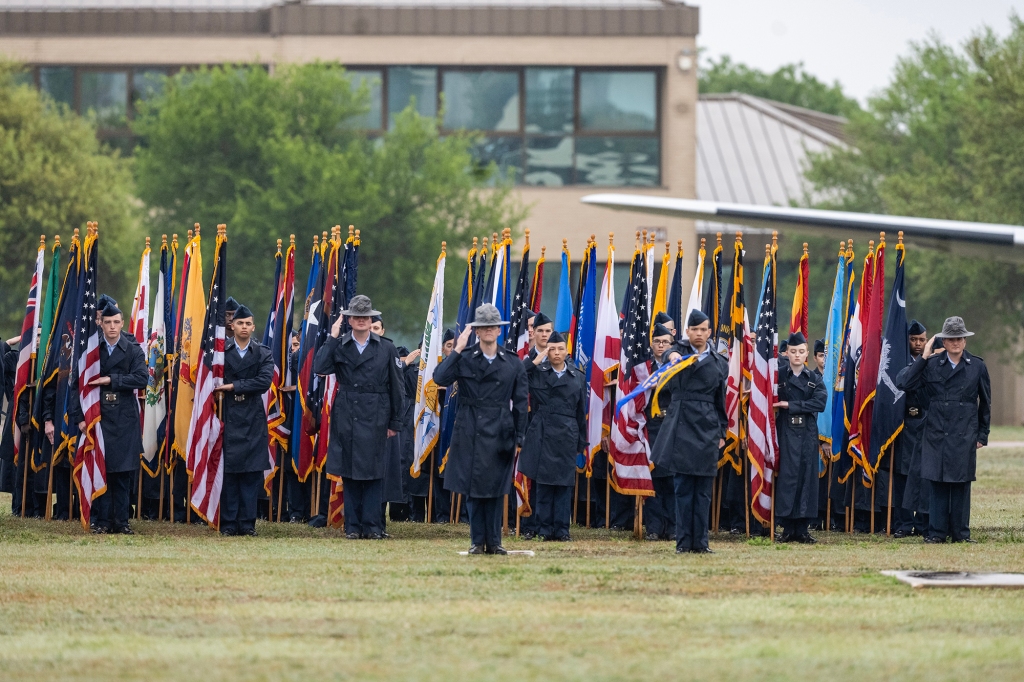US Air Force loosens body fat requirements to increase recruitment
In the wake of the growing obesity crisis in the US Armed Forces, the Air Force loosened up restrictions on body fat for recruits aiming to become Airmen.
For aspiring new members of the Air Force, the percentage of body fat allowed has risen to 26% BMI (Body Mass Index) for males and 36% for females.
The previous requirement was 20% for males and 28% for women.
“The Air Force is looking to open the aperture on qualifying a broader pool of young Americans for service in the Air Force. These changes bring the Air Force in line with DOD policy,” Air Force Recruiting Service spokeswoman Leslie Brown told Fox News.
The new body fat standards are part of several initiatives the Air Force implemented to appeal to more candidates hoping to join without lowering the branch’s standards of “recruiting the best Americans to serve our nation,” Brown reported.
Air Force Secretary Frank Kendall said the branch is likely to experience a 10% shortfall in recruiting in 2023.
The BMI criteria changes — announced in January and implemented on April 1, 2023 — would allow up to 100 more recruits to join the Air Force each month.
The Body Composition Assessment (also known as ‘Tape Test’ in the military) varies for each branch, with some more strict than others, and uses a tape measure to compare height to circumference measurements around the hips to determine overall body fat.
One out of every three adults aged 17-24 is too overweight to enlist in the military, according to the CDC.
Only three out of four individuals are physically active enough to handle the rigorous training requirements of boot camps across the military.
Since 2018, 71% of adults in the US would not be eligible to join the military due to their weight, level of education, and/or criminal record.


“The military has experienced increasing difficulty in recruiting soldiers as a result of physical inactivity, obesity, and malnutrition among our nation’s youth. Not addressing these issues now will impact our future national security,” retired US Army Lt. General Mark Hertling told the CDC.
Of the active-duty service members across the Armed Forces, 19% of all military personnel were reported to be obese in 2020, according to the CDC.
The Department of Defense spends nearly $1.5 billion per year battling obesity-related healthcare costs of active and former service members and their families, including the resources needed to replace military personnel being removed from service due to their weight.
Along with the staggering healthcare cost, it cost the DoD $103 million a year for the 658,000 accumulative days lost due to troops being overweight.
“If we don’t work to build a healthy foundation for today’s young people, both the military and our nation will pay the price tomorrow,” former U.S. Marine Corps Medical Officer and retired US Navy Rear Admiral Richard R. Jeffries told the CDC.
With Post wires
Read the full article Here


